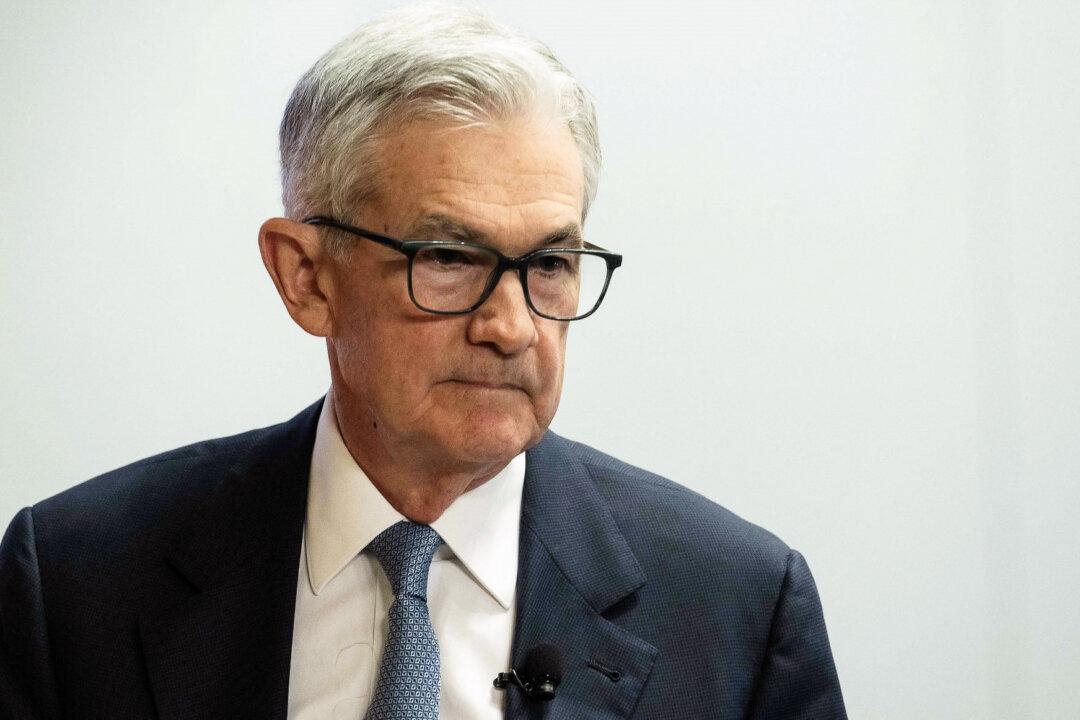The Federal Reserve will conclude its two-day policymaking Federal Open Market Committee meeting on May 1.
The monetary authorities are unlikely to cut interest rates and could signal higher-for-longer rates amid stubborn and sticky inflation.
Whether the consumer price index (CPI) or the Fed’s preferred personal consumption expenditures (PCE) price index, inflation reports have come in hotter than consensus estimates.
The inflation revival has proven to be a headache for the Federal Reserve.
What were initially thought to be bumps in the road, officials now believe these hotter numbers need to be monitored.
As a result, experts anticipate a more hawkish tone and wait-and-see approach in the post-meeting FOMC statement and press conference.
“Investors are bracing for a hawkish message given the rise in inflation,” said Bryce Doty, the senior vice president and senior portfolio manager at Sit Investment Associates, adding that Fed Chair Jerome Powell will be engaged in a balancing act.
“Powell has to voice concerns that inflation is not approaching 2 percent or stabilizing around 2 percent like he wants it to,” he said.
“However, if he comes off too tough, fears of recession will re-emerge and create a lot of unwelcome uncertainty!”
According to Jeff Klingelhofer, the portfolio manager at Thornburg Investment Management, the Fed needs to and will likely acknowledge the treasure trove of poor inflation data.
“The Fed must now pivot from the Fed pivot,” Mr. Klingelhofer stated in a note.
Mr. Powell recently admitted there has been a “lack of further progress” on the inflation front in the first three months of 2024.
“The recent data have clearly not given us greater confidence, and instead indicate that it’s likely to take longer than expected to achieve that confidence,” he said during a monetary policy forum on April 16.
“That said, we think policy is well positioned to handle the risks that we face,” he added. “We can maintain the current level of restriction for as long as needed.”
In addition to Mr. Powell’s worries, there has been a barrage of comments from U.S. central bank officials who have shifted from their dovish position to a hawkish stance.
Many have stated there is little urgency to initiate the first rate cut.

“There’s absolutely, in my mind, no urgency to adjust the policy rate,” Ms. Daly stated.
Because the labor market remains intact and economic growth has been solid, others have asserted they can enjoy the luxury of being patient before pivoting on the institution’s two-year quantitative tightening campaign.
Market watchers have taken notice and have trimmed their rate-cut expectations this year.
Investors do not see the first rate reduction until the end of the year, a reversal from several months ago.
Heading into 2024, traders had penciled in six 25-basis-point rate cuts, even as the Fed’s Summary of Economic Projections signaled three rate decreases.
“Despite evidence that economic growth is beginning to slow, the Federal Reserve isn’t as close to cutting interest rates as they thought they might be at their last meeting in March,” said Greg McBride, the chief financial analyst at Bankrate.
“Inflation has continued to run hot and there is no compelling need for the Fed to cut interest rates until they’re comfortable with where inflation is headed.”
ING economists still think there is an opportunity for a September rate cut.
One More Inflation Report
In addition to the climbing CPI, PCE, and producer price index numbers, the Federal Reserve received one more inflation report that showed that employment costs have reaccelerated.On a year-over-year basis, the ECI is up 4.2 percent.
Benefits advanced to 1.1 percent, up from 0.7 percent. Wages remained unchanged at 1.1 percent. The October-December reading was revised higher from 0.9 percent to 1.1 percent.
Balance Sheet Considerations
While many Wall Street and Main Street eyes will be on what the Fed plans to do on interest rates, others are focusing on the central bank’s language surrounding the balance sheet.At the beginning of the coronavirus pandemic, the Fed purchased trillions of dollars in Treasury bonds and mortgage-backed securities. This raised the balance sheet to nearly $9 trillion at its peak.
After launching the inflation-fighting tightening crusade, monetary policymakers have allowed $95 billion in Treasurys and mortgage-backed securities to mature per month.
This has removed approximately $1.5 trillion from the balance sheet, lowering it to about $7.4 trillion.
A chorus of Fed officials has asserted that taking another look at the balance sheet runoff would be appropriate.
For now, he thinks the current runoff “is not a problem.”
However, Kansas City Fed chief Jeffrey Schmid explained that he does not endorse “an overly cautious approach” to the balance sheet runoff out of fears of averting interest-rate volatility.







